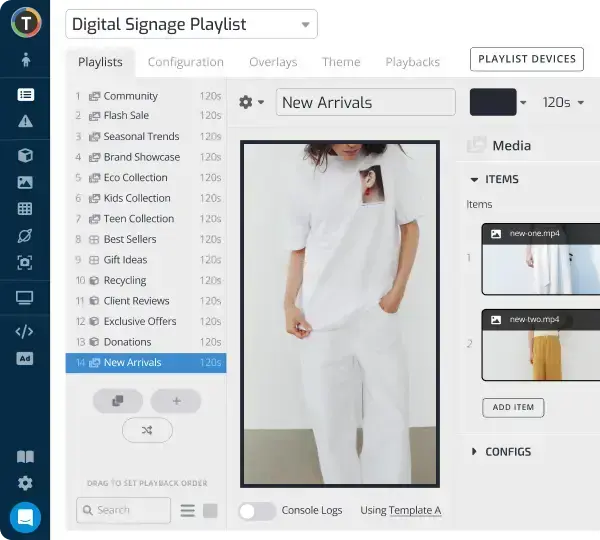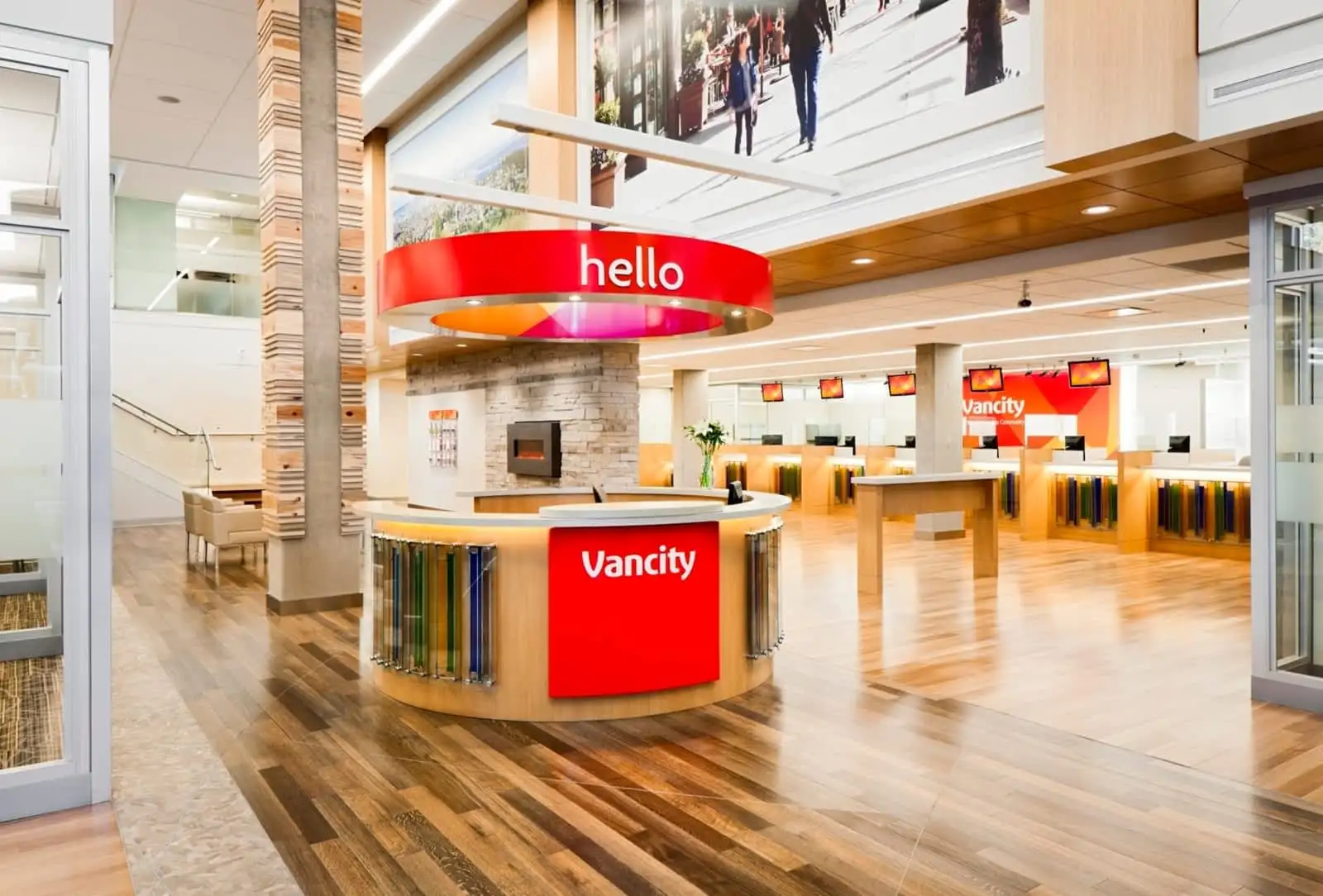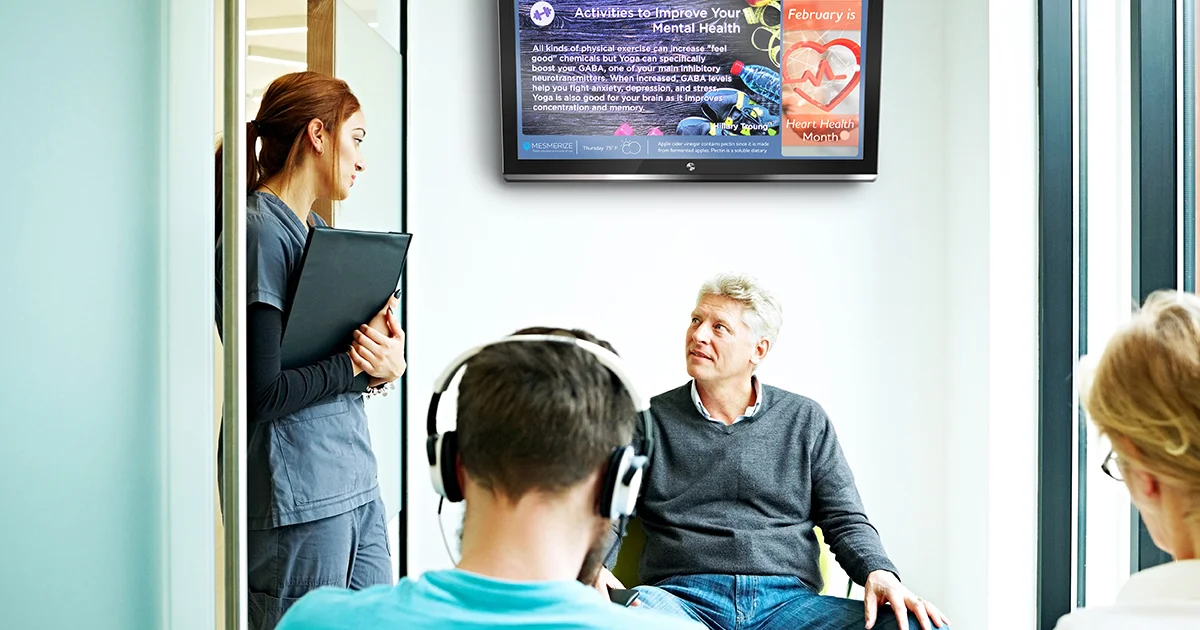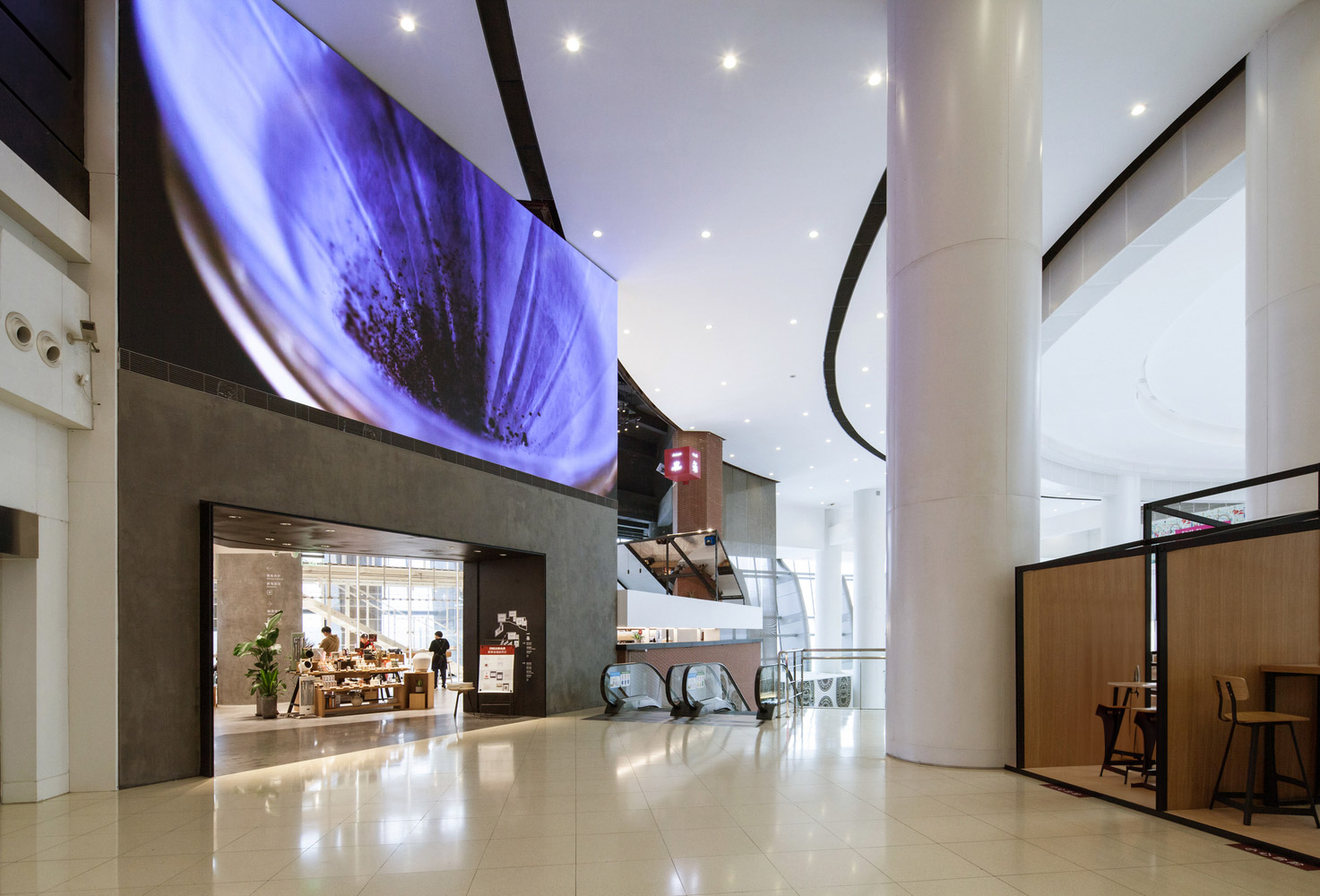Digital Signage for Universities: Challenges Solved
WRITTEN BY: TelemetryTV, 02-07-2025
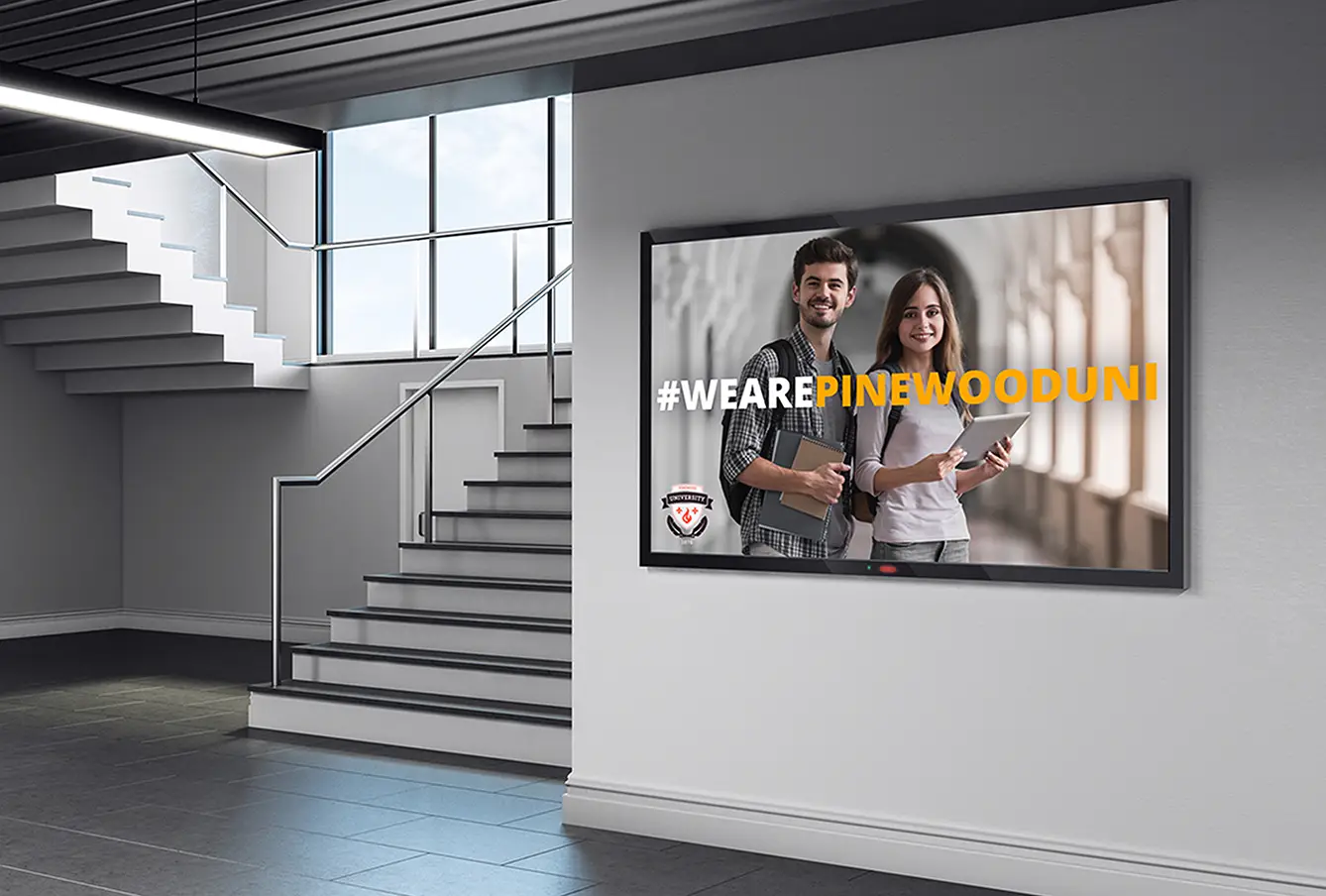
In today’s fast-evolving academic landscape, large universities confront complex communication challenges. With sprawling campuses and diverse audiences, traditional methods—emails, bulletin boards, and static posters—are no longer sufficient to engage students, staff, and visitors. Increasingly, institutions are turning to digital signage for universities as a tactical solution to improve information dissemination, operational efficiency, and campus safety.
Communication in a Digital Era
Universities have long grappled with ensuring that essential information reaches every corner of their campuses. Digital signage has emerged as a practical answer to this dilemma, offering an adaptable, real-time medium that cuts through the digital noise. Research indicates that visual communication methods can improve message retention significantly, a critical factor when addressing a digital-native student body that is simultaneously bombarded by social media and online content.
Digital signage for universities not only enhances engagement through visually appealing displays but also supports a more responsive communication strategy. Whether it is promoting events, broadcasting emergency alerts, or providing navigational assistance, digital signage systems are proving to be a cornerstone in modern campus communication.
Addressing Key Campus Challenges with Digital Signage
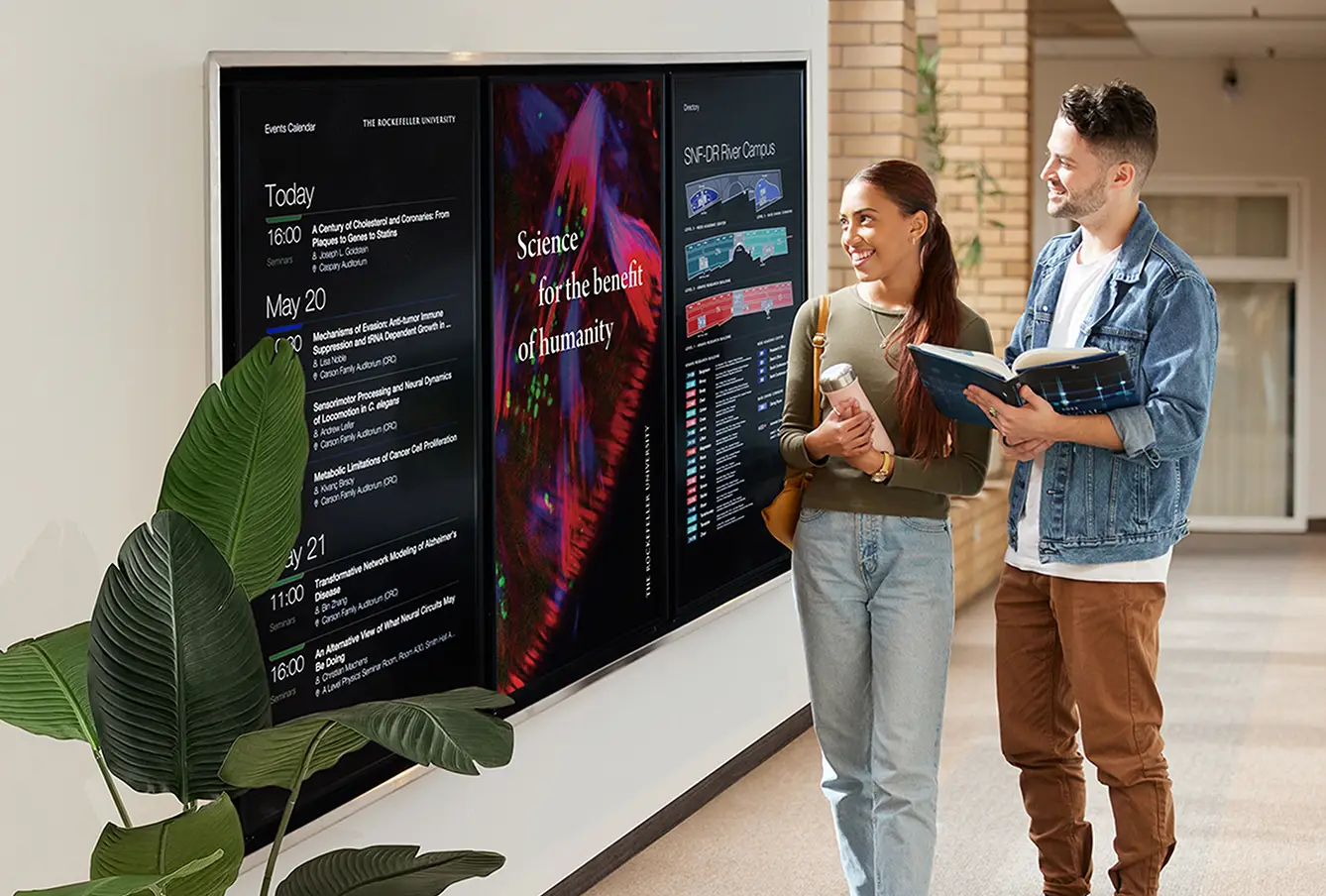
Enhancing Student and Staff Engagement
University campuses are dynamic environments where hundreds or thousands of messages compete for attention. In such a setting, digital signage offers a targeted approach by delivering concise, visually engaging content to strategic locations such as student centers, libraries, and academic buildings.
Modern digital signage systems allow for high-definition displays, multi-format media integration, and dynamic scheduling. These features ensure that content is not only attention-grabbing but also contextually relevant. For instance, digital signage can automatically adjust its content based on the time of day or specific campus events. This targeted delivery is particularly effective in overcoming the information overload that many students experience, ensuring critical updates—such as registration deadlines or campus alerts—are seen by the intended audience.
Real-Time Event Promotion and Updates
Universities host a myriad of events—from academic seminars to cultural festivals—often with little notice for schedule changes or venue updates. Digital signage software facilitate real-time communication, ensuring that event details are current and accurate.
The underlying technology supports automated scheduling and immediate updates across a network of displays. For example, if a guest lecture’s timing is altered, the change can be pushed instantly to all relevant screens. This capability not only streamlines operations but also enhances the overall student experience by keeping the campus community informed without delay.
Bolstering University Campus Safety with Emergency Alerts
Safety is paramount on university campuses. In emergencies, rapid and widespread communication can save lives. Digital signage software have evolved to incorporate robust emergency alert features. These systems are capable of overriding regular programming using the Common Alerting Protocol (CAP) to display critical information during a crisis—be it severe weather warnings, security alerts, or other urgent notifications.
Many digital signage platforms integrate with existing campus emergency systems, ensuring that alerts are disseminated uniformly across all displays. The immediacy and clarity of these messages enhance the institution’s overall crisis response. In practice, this means that in the event of an emergency, every digital sign on campus can simultaneously display instructions, directing students and staff to safety.
Simplifying Wayfinding and Navigation
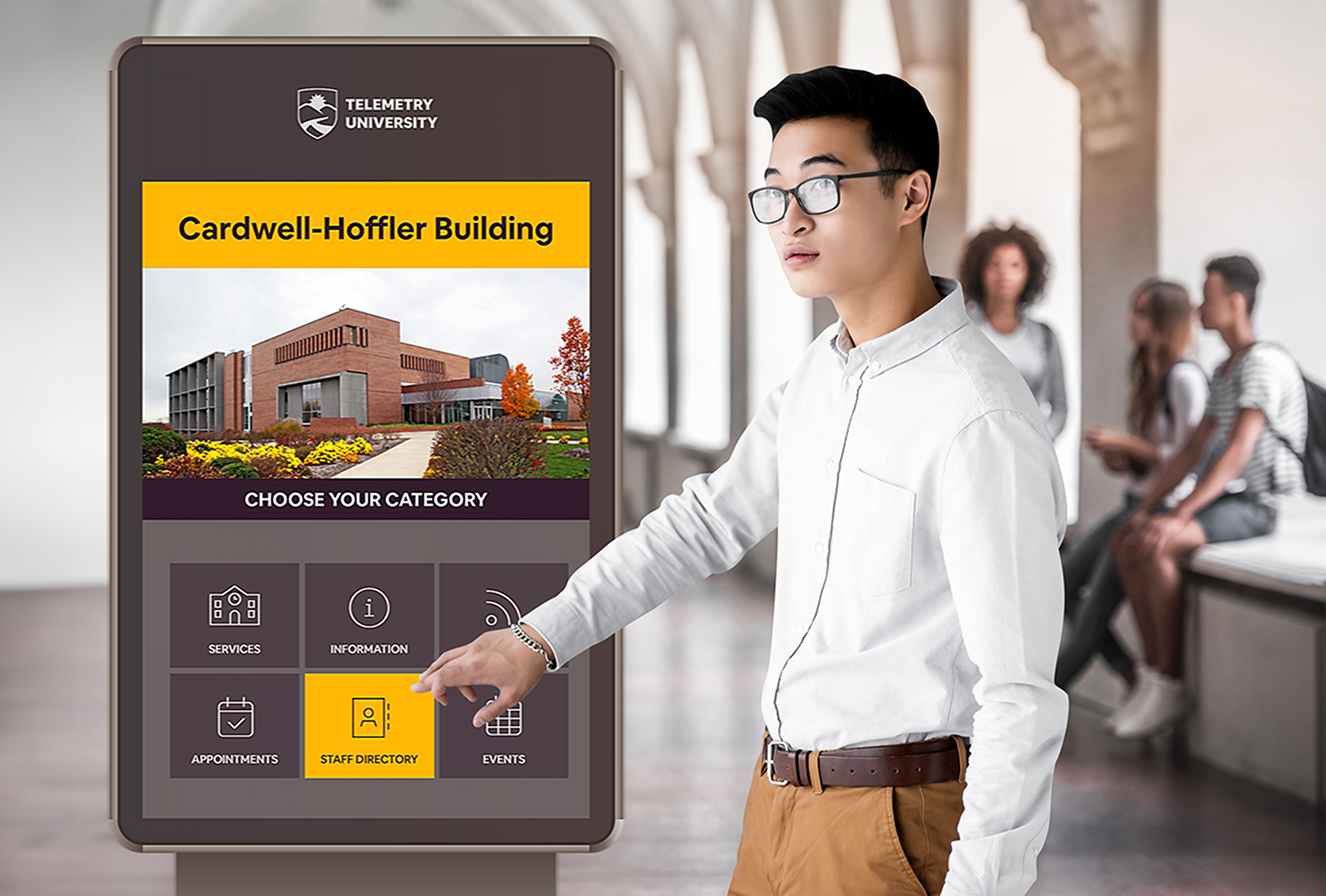
Large campuses can be challenging to navigate, particularly for new students and visitors. Digital signage offers an elegant solution through interactive kiosks and dynamic wayfinding displays. These systems provide real-time navigational assistance, guiding users with maps and directional cues.
Advanced digital signage solutions feature interactive applications that allow users to search for buildings, departments, or services. The technology is underpinned by centralized content management systems that update maps and directories instantly. This not only improves the visitor experience but also reduces the need for static signage that can quickly become outdated.
Centralized Content Management Across University Campus
For universities managing a vast network of displays, centralized content management is essential. Digital signage systems designed for educational institutions enable administrators to control all content from a single interface. This centralized approach reduces the time and resources spent on manual updates and ensures consistency across all campus communications.
Technical benefits include cloud-based management, remote content scheduling, and granular user permissions. These features allow for precise control over what content is displayed, where, and when. Such systems can automatically archive outdated information, ensuring that screens always display current and relevant content.
TelemetryTV’s Role in Transforming University Campus Communication
Among the digital signage solutions available, TelemetryTV stands out for its robust, technically advanced approach tailored to the needs of higher education. Its digital signage software offers a suite of features designed to address the multifaceted challenges of campus communication.
• Integrated Emergency Response: TelemetryTV’s platform is engineered to work seamlessly with campus alert systems. In emergency situations, the software can override standard programming, broadcasting critical safety messages in real time. This capability is essential for institutions that prioritize rapid, coordinated responses.
• Dynamic Scheduling and Targeting: The software’s advanced scheduling features allow administrators to deliver the right content at the right time. Whether it is an announcement in the morning or an urgent update in the evening, TelemetryTV ensures that information is contextually relevant.
• Interactive Wayfinding and Custom Applications: Recognizing that navigation is a persistent challenge on large campuses, TelemetryTV offers customizable interactive applications. These tools not only provide maps and directions but can also be adapted to feature campus-specific information, enhancing the overall user experience.
• Centralized, Cloud-Based Management: TelemetryTV’s cloud-based CMS is designed for ease of use and scalability. Administrators can manage content from anywhere, ensuring that updates are propagated across all screens without delay. This centralized approach is especially beneficial for universities with multiple campuses or extensive digital signage networks.
These technical advantages have been validated by institutions such as Stanford Medicine, which employs TelemetryTV’s digital signage software to manage real-time information and enhance campus safety. Similarly, the University of Victoria leverages these technologies to improve the overall campus experience. In addition, organizations like the New York Public Library have adopted similar strategies to communicate with their diverse audiences.
The Broader Impact on Higher Education

Digital signage is not merely a communication tool—it is a transformative element in the digital infrastructure of modern universities. By providing a reliable, adaptable platform for disseminating information, digital signage systems support a more efficient and connected campus environment.
Institutions employing digital signage report significant improvements in operational efficiency. For example, automated content management reduces the administrative burden on IT departments, allowing staff to focus on other critical tasks. Furthermore, the consistent, accurate delivery of emergency alerts enhances overall campus safety—a factor that is increasingly important in today’s complex security landscape.
Digital signage also plays a role in reinforcing institutional branding. When content is consistent and professionally presented across all campus touchpoints, it reinforces the university’s image as a modern, forward-thinking institution. This effect can have positive implications for student recruitment and retention, as well as for alumni engagement.
Moreover, the technical innovations in digital signage, including high-definition displays, interactive features, and seamless integration with existing systems, position universities to meet the challenges of an increasingly digital future. As campuses continue to expand and diversify, the need for agile, robust communication solutions becomes ever more critical.
Conclusion
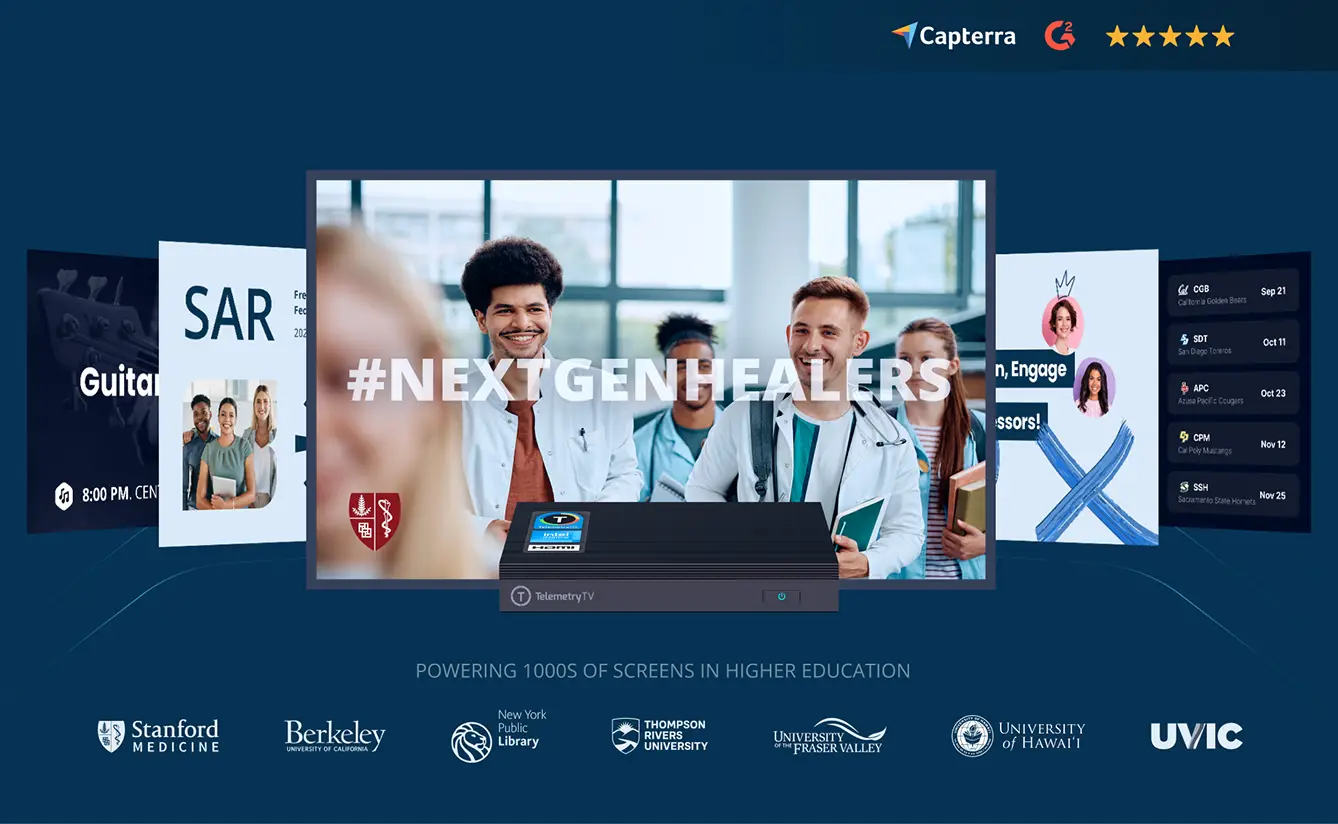
For university administrators and technology leaders, the evolution of digital signage represents an opportunity to modernize campus communications with a focus on efficiency, safety, and engagement. By embracing digital signage for universities, institutions can ensure that critical information reaches every student, staff member, and visitor in real time.
Modernize Campus Communication with TelemetryTV Now
Transform campus communication with TelemetryTV’s advanced digital signage software. Enhance real-time alerts, scheduling, and interactive wayfinding to boost safety and efficiency across your institution.
Start for Free